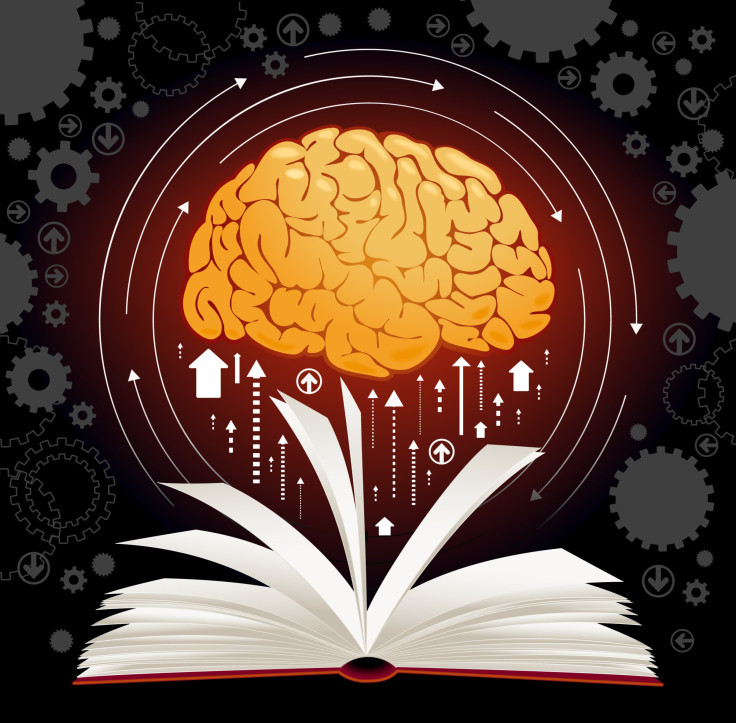The Science of Speed Reading; Benefits And Consequences Of Reading 1,000 Pages In 10 Hours

Bookworms can rejoice in knowing there is a way to speed up their reading. Some of us were born with an overwhelming long reading list, and the mission to finish from cover to cover may seem dauntingly impossible. Most people are able to read 200 to 400 words per minute (wpm). It’s the average time it takes to read the word, process it phonetically within our brain, and then imagine it happening as the plot moves forward.
But what if you were told just by practicing, you’d be able to read two, three, or even five times as fast? Just doubling your reading process up to 500 wpm could be the difference between reading a book in a month to just two weeks. Traditional reading is designed to carry your eyes from left to right along the words sequentially, but along the way your eyes are naturally searching for one point in each word that could be the key to reading 1,000 wpm.
The optimal recognition point (ORP) is a certain point toward the center of the word. After your eyes find the ORP, within milliseconds your brain begins to process the entire word and its meaning. Your eyes continue to follow each word of the sentence, until the building blocks form an entire sentence. Once your eyes collide into punctuation, your brain cues itself to form a coherent thought. Your eyes tackle the next sentence, until the book is complete.
In those precious hours spent reading, a character may have fallen in and out of love, a scientist possibly discovered a new cure through trial and error, or an evil king might have been overturned by a brigade of noble knights. Whatever your genre, there is a new reading comprehension tool that even teenagers are practicing with in high school. Spritz was recently launched in 2013 by MIT Professor Frank Waldman and Technology Chief Maik Maurer, and has already been translated into 20 different languages used throughout 50 countries. Statistical research group Penn Schoen Berland administered the Spritz reading comprehension test to 1,000 readers of all ages. Their reading speed improved on average 40 percent.
The brain spends 80 percent of its time just trying to locate the ORP and the other 20 percent comprehending the word. The eye is only able to process a dozen characters at a time. Spritz has the words streamed to the reader in a video with the ORP highlighted in red, so the eye doesn’t have to reposition itself and waste time searching. Removing the need for eye movement is the technology’s secret weapon, and they’re hoping it’ll be utilized by half the reading population by 2016.
How The Brain Processes Language
Reading isn’t natural, and it’s never been. Humans created language an estimated 150,000 to 50,000 years ago, but archaeological researchers aren’t exactly sure on when it fully emerged into our communication tool belt. The alphabet is only 4 to 5,000 years old, and it isn’t likely enough time has lapsed for specialized parts of our brain to evolve into reading-friendly machines, according to Oxford University research.
The drawbacks to teaching our brains to adapt a new reading strategy are similar to teaching a new dog new tricks. Our ABCs haven’t been around long enough for scientists to study our mastery of it. When we develop a new skill, the connective nerves within our brain make new highways to transport information. This constantly makes us better, more adept, and efficient at that particular skill. By switching to ORP-focused reading styles, we could lose strength in the brain muscles we’ve already developed over the last thousands of years.
Only in 2009 did Georgetown University Medical Center researchers discover where the important word-processing brain cells were on the left side of the brain. "Reading relies on neural representations that are experience dependent," the study’s senior author Dr. Maximilian Riesenhuber,of the GUMC Laboratory for Computational Cognitive Neuroscience, said in a press release. "Evolution did not provide each of us with a little dictionary in our heads."
Over time, humans collect words to add into their brain’s dictionary database. We memorize the words and process their meaning through the left visual cortex of the brain, where written words are turned into whole units which represent trees, siblings, dogs, neighbors, and even emotions. As you’re translating these little black squiggles and lines, they’re moving through our eyes, into a wall of flesh, at the back of the optic nerve. There, the messages are transported, translated, and turned into stories, messages, visuals, concepts, and ideas.
Read on, bibliophiles, read on. Engage neurons and force them to turn on the speech motor areas of the brain, while images flood our minds and engage fluidity from symbols and sounds, into words and full meanings.



























